
Crimson Dawn
In the early hours of May 7, 2025, India initiated Operation Sindoor, a meticulously planned retaliatory strike against terror infrastructures in Pakistan and Pakistan-occupied Kashmir (PoK). The operation was a response to a devastating terrorist attack in Pahalgam, which claimed the lives of 25 tourists and a local resident. Drawing its name from the sacred vermilion symbolizing sacrifice and victory, Operation Sindoor aimed to dismantle the operational capabilities of terror outfits like Jaish-e-Mohammed (JeM), Lashkar-e-Taiba (LeT), and Hizbul Mujahideen. The mission's hallmark was its reliance on advanced missile systems capable of striking targets deep within enemy territory with unparalleled precision.
Eyes in the Sky
Prior to the strikes, India's intelligence apparatus, including satellite surveillance and unmanned aerial vehicles (UAVs), conducted extensive reconnaissance to identify high-value targets. Real-time intelligence pinpointed nine critical terror camps across locations such as Bahawalpur, Muridke, Kotli, and Muzaffarabad. These sites were known hubs for terrorist training, logistics, and command operations. Operation Sindoor led to the destruction of nine major terror camps, severely crippling the operational capabilities of militant groups. Key facilities, such as the 200-acre LeT complex in Muridke and JeM's headquarters in Bahawalpur, were among the primary targets. These sites served as training centers, logistical hubs, and planning grounds for cross-border terrorist activities. The integration of real-time data ensured that each target was accurately mapped, minimizing the risk of collateral damage and enhancing mission efficacy.
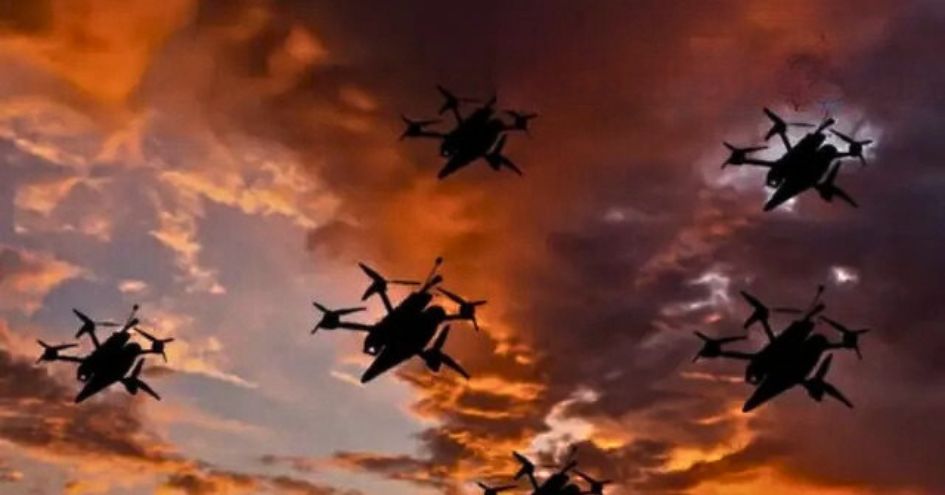
The Steel Spearheads
Central to Operation Sindoor's success was the deployment of India's cutting-edge missile arsenal:
These weapons allowed India to engage targets deep within hostile territory without crossing international borders, showcasing a paradigm shift in modern warfare.
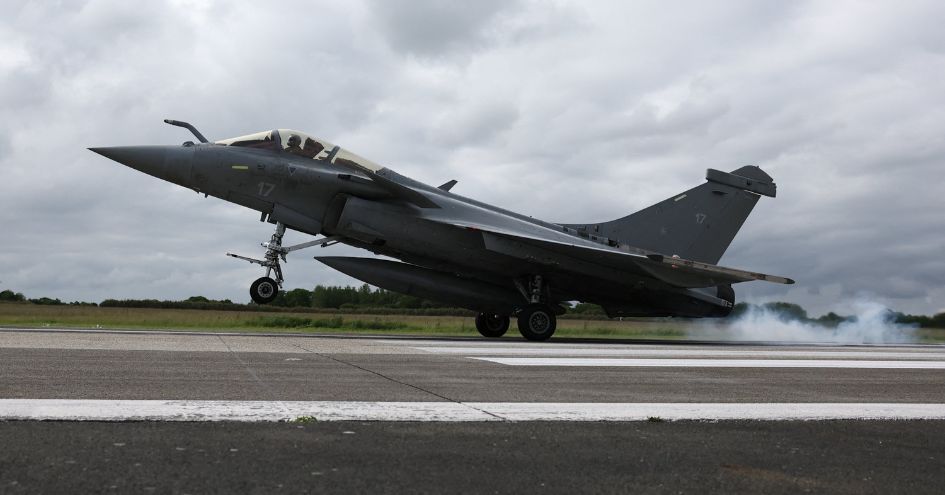
Fire Without Warning
At precisely 1:44 AM on May 7, Rafale fighter jets took off under the guise of a routine exercise, thanks to a strategic Notice to Airmen (NOTAM) that diverted Pakistani attention. Within 25 minutes, 24 missiles were launched, striking nine terror-linked sites across Pakistan and PoK. The SCALP missiles targeted hardened bunkers, while HAMMER bombs neutralized multi-storey buildings housing top terrorists. Loitering munitions eliminated mobile targets and secondary hideouts. The operation resulted in the elimination of over 70 terrorists, including key operatives, with minimal collateral damage.
Whispers of Shock
The precision and swiftness of the strikes left the adversary in disarray. Intercepted communications revealed panic among Pakistani military ranks, with some commanders abandoning their posts and urging subordinates to prioritize their safety. The psychological impact of the operation was profound, leading to a breakdown in command structures and a significant blow to enemy morale.
Ghosts in the Wind
The Indian forces executed the operation with stealth and precision. Mobile missile units operated from concealed locations, launching their payloads and relocating before detection. Loitering munitions provided real-time intelligence, ensuring dynamic targeting and adaptability. The seamless coordination among the Army, Navy, and Air Force exemplified India's enhanced joint operational capabilities. Operation Sindoor marked a departure from traditional warfare. Without deploying ground troops or engaging in aerial dogfights, India achieved its objectives through precision strikes. This approach minimised risks to personnel and avoided broader escalation, setting a precedent for future counterterrorism operations.
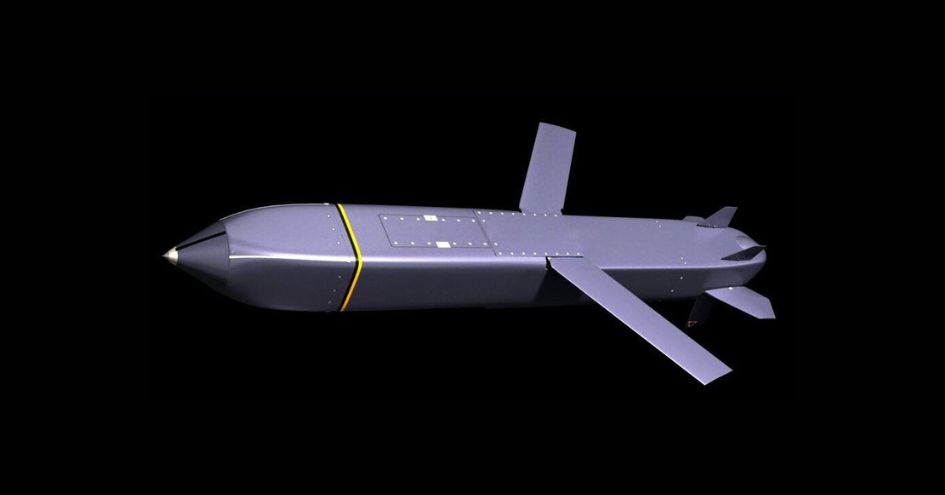
The Shattered Shield
Pakistan's air defense systems, including the HQ-9 and LY-80, failed to detect or intercept the incoming missiles. The SCALP missiles' low-altitude flight paths and stealth features rendered them virtually invisible to radar. The operation exposed significant vulnerabilities in Pakistan's air defense infrastructure, highlighting India's technological superiority.
Diplomacy in Ashes
In the aftermath, Pakistan sought diplomatic channels to de-escalate tensions, requesting a ceasefire. India's restraint in targeting only terror infrastructures, while avoiding civilian and military installations, garnered international support and underscored its commitment to responsible state conduct.
Operation Sindoor concluded with India reaffirming its stance against terrorism. The successful integration of advanced missile systems and real-time intelligence showcased the nation's evolving defense capabilities. As Defence Minister Rajnath Singh stated, "We only struck those who killed our innocent citizens. Terror bases were destroyed deep inside Pakistan." The operation not only neutralized immediate threats but also sent a clear message: India possesses both the will and the means to defend its sovereignty.The operation exposed significant vulnerabilities in Pakistan's defense mechanisms, particularly its air defense systems, which failed to intercept the incoming missiles. The swift and precise nature of the strikes led to a state of emergency in Pakistan's Punjab province, with heightened security alerts and school closures. The psychological impact was profound, leading to widespread panic and a reevaluation of defense strategies within Pakistan.
Operation Sindoor stands as a testament to India's strategic acumen, technological prowess, and unwavering commitment to national security.
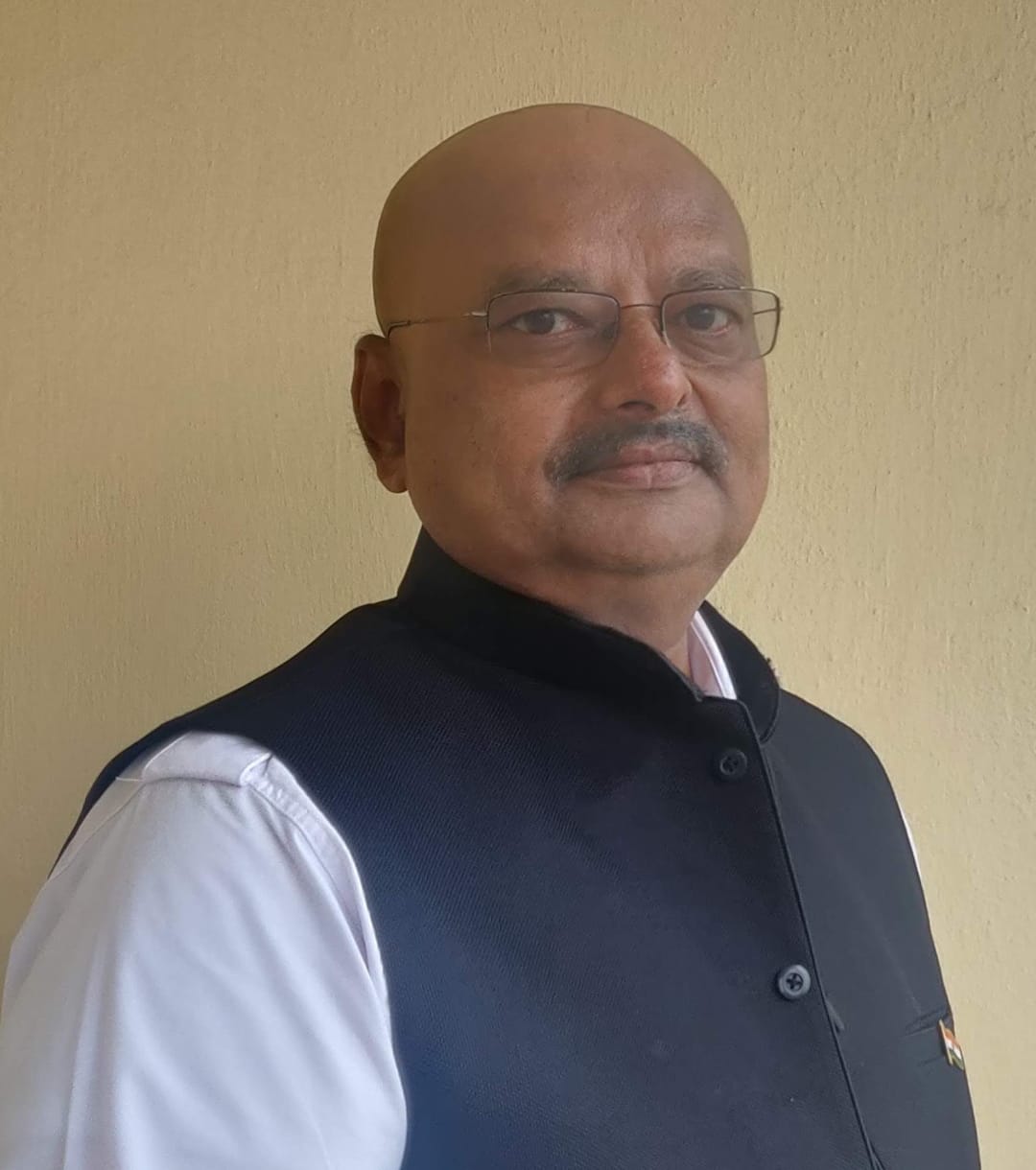 Wing Commander BS Sudarshan is a former Indian Air Force pilot with over 12,000 flying hours. He participated in Operation Pawan and Operation Cactus before he transitioned to civil aviation. A passionate writer, he has authored six books, including "Hasiru Hampe", appreciated by S L Bhyrappa, and the latest "Evergreen Hampi". He is a regular contributor to the Verandah Club.
Wing Commander BS Sudarshan is a former Indian Air Force pilot with over 12,000 flying hours. He participated in Operation Pawan and Operation Cactus before he transitioned to civil aviation. A passionate writer, he has authored six books, including "Hasiru Hampe", appreciated by S L Bhyrappa, and the latest "Evergreen Hampi". He is a regular contributor to the Verandah Club.

At the southernmost tip of this mesmerising ensemble lies the majestic Great Nicobar Island, boasting an impressive landmass of about 910 square kilom...
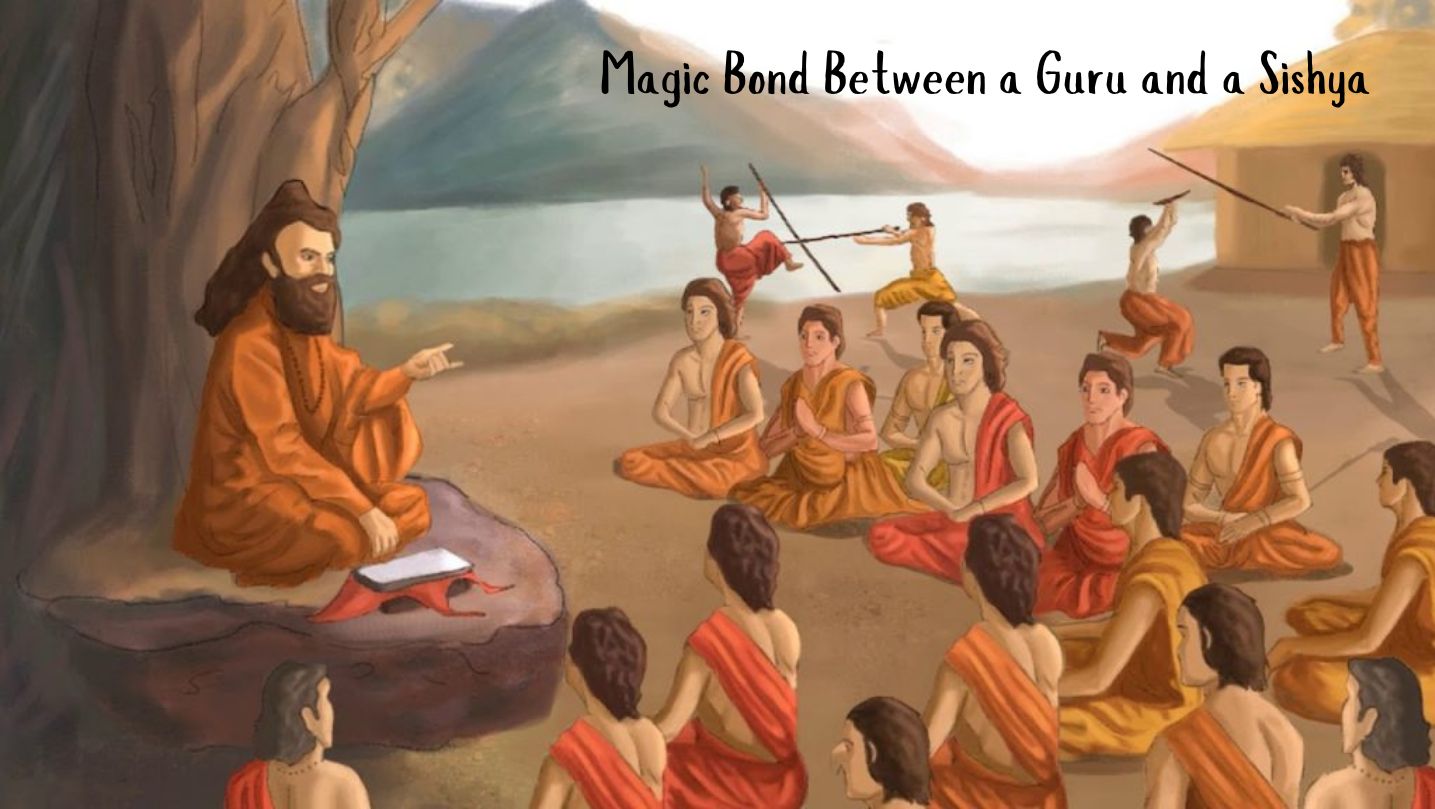
Bharath has always been a land traversed by spiritual masters/ Guru since time immemorial. These spiritual masters have always upheld the core princip...

South India contains its fair share of unique pilgrimage centres. These divine places of worship have a prominent Sthala Purana, devoted followers, di...